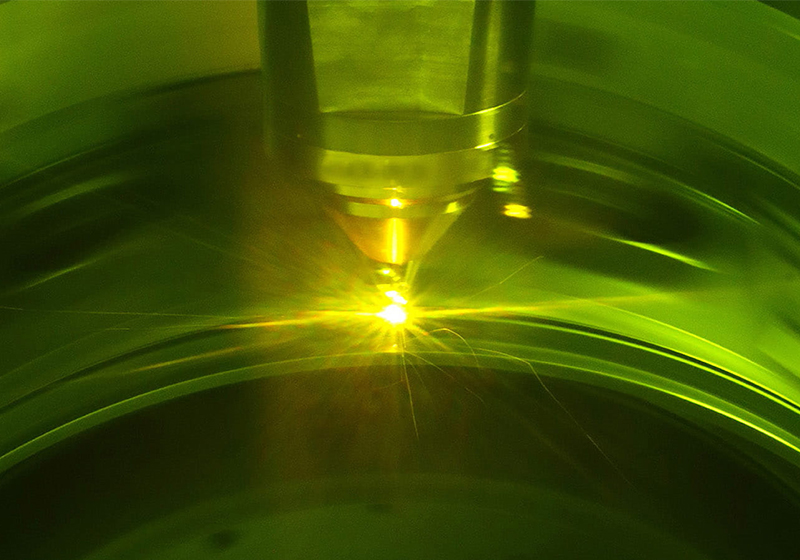Pratt & Whitney, an RTX business, has developed a new additive manufacturing repair for critical GTF engine components that will reduce process time by more than 60 percent. The company is currently working to industrialize the repair, which will then be scaled and applied throughout the global GTF MRO network. Pratt & Whitney expects to recover $100 million worth of parts over the next five years through the implementation of additive repairs throughout its MRO process.
"A more agile, additive repair process allows us to better serve our customers by improving turnaround time, while reducing tooling costs, complexity and set up," said Kevin Kirkpatrick, vice president of Aftermarket Operations at Pratt & Whitney. "At the same time, it reduces our dependency on current material supply constraints. Additive technology has the potential to support a range of critical GTF part repairs and we're actively working to explore additional opportunities for implementation."
Developed by Pratt & Whitney's North American Technology Accelerator in Jupiter, Florida, the new solution will enable repair to GTF structural case features using a 3D printing method known as Directed Energy Deposition. By eliminating several steps in the current repair method, this new technology reduces overall process time by more than 60 percent, with the greatest benefits via minimization of machine changeover and reduced heat treat cycles. Pratt & Whitney collaborated with the Connecticut Center for Advanced Technology and the RTX Research Center to develop the new technology. Future applications will also be used to restore components worn through normal engine operation.
In April 2024, Pratt & Whitney announced the intent to expand its use of technology accelerators to include advanced repairs, digital inspection, adaptive processing, and coating and masking for compressor and fan parts, blades, cases, and more. Pratt & Whitney's North American Technology Accelerator serves as a complement to its Singapore Technology Accelerator, established in September 2022 with a focus on robotics, advanced inspection, connected factory and digital twin. Combined annual savings of at least $24 million are expected from Pratt & Whitney's accelerator programs.




